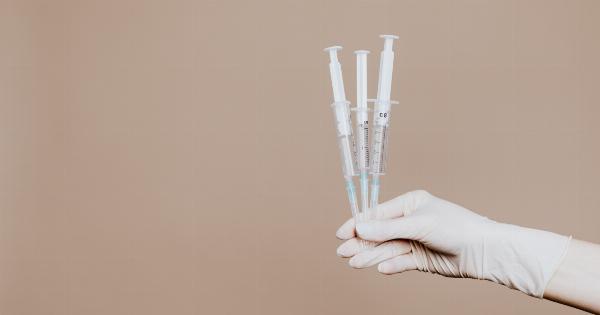It is common for women to experience changes in their vaginal tightness over time. While some may be concerned about this, it is essential to understand that it is a natural process influenced by various factors.
This article will explore the anatomy of vaginal tightness, the causes behind its changes, and some effective solutions to maintain or restore optimal tightness.
Understanding Vaginal Anatomy
Before diving into the causes and solutions, let’s have a brief overview of vaginal anatomy. The vagina is a muscular canal located internally in a woman’s body. It serves as the passage connecting the uterus to the external genitalia.
The walls of the vagina are made up of muscle tissue that is both elastic and contractile.
The vaginal muscles include the pubococcygeus (PC) muscles, also known as the pelvic floor muscles.
These muscles play a crucial role in maintaining vaginal tightness by providing support to the pelvic organs and controlling the opening and closing of the vagina. Additionally, the presence of collagen fibers contributes to the overall strength and elasticity of the vaginal walls.
Causes of Vaginal Tightness
Several factors can contribute to changes in vaginal tightness:.
1. Age and Hormonal Changes
As women age, hormonal changes occur that can lead to a decrease in vaginal tightness. The decline in estrogen levels during menopause can result in vaginal dryness and thinning of the vaginal walls, making them less elastic.
This can lead to a feeling of looseness.
2. Childbirth
During the process of childbirth, the muscles and tissues of the vagina stretch to accommodate the passage of the baby. The degree of stretching can vary depending on factors such as the size of the baby and the delivery method.
After childbirth, it is common for women to experience a temporary decrease in vaginal tightness.
3. Sexual Activity
Frequent sexual activity, especially with larger partners, can lead to temporary vaginal stretching. While the vagina has the ability to return to its pre-arousal size, repeated stretching can lead to a perception of reduced tightness.
4. Lack of Exercise
Insufficient exercise or a sedentary lifestyle can weaken the pelvic floor muscles, which support the vaginal walls. When these muscles are weak, it can result in reduced vaginal tightness.
5. Pelvic Floor Disorders
Certain medical conditions, such as pelvic organ prolapse or urinary incontinence, can affect the strength and tightness of the pelvic floor muscles. These conditions can be caused by factors like pregnancy, obesity, or chronic constipation.
Solutions for Vaginal Tightness
If you experience concerns about vaginal tightness, there are various approaches to help restore or maintain it:.
1. Kegel Exercises
Kegel exercises are a proven method to strengthen the pelvic floor muscles. By regularly contracting and relaxing these muscles, you can improve their tone and tightness. Kegels can be performed discreetly at any time, making them a convenient solution.
2. Vaginal Moisturizers
For women experiencing vaginal dryness, using a water-based vaginal moisturizer can help maintain moisture and elasticity. It is important to choose a product without irritants or chemicals that may disrupt the natural pH balance of the vagina.
3. Hormone Replacement Therapy
For menopausal women, hormone replacement therapy (HRT) can help alleviate vaginal dryness and restore vaginal tightness.
However, it is essential to consult with a healthcare professional before considering HRT, as it may have potential risks and side effects.
4. Vaginal Rejuvenation Procedures
In some cases, women may opt for vaginal rejuvenation procedures. These medical interventions, such as laser therapy or radiofrequency treatments, aim to stimulate collagen production and tighten the vaginal tissues.
However, it is important to consult with a qualified healthcare provider before undergoing any invasive procedures.
Conclusion
Vaginal tightness can be influenced by several factors, including age, hormonal changes, childbirth, sexual activity, lack of exercise, and pelvic floor disorders.
Thankfully, there are solutions available to help restore or maintain optimal vaginal tightness. From practicing Kegel exercises to considering hormone replacement therapy or vaginal rejuvenation procedures, women have various options to address their concerns.
Remember, it is essential to consult with a healthcare professional to determine the most appropriate solution for your individual circumstances.





























